While traveling the Dominican Republic, Los Haitises was high on the to-do list.
Los Haitises is a national park in the armpit of the Samana Bay, in the North East of the Dominican Republic. The park itself is rather large, but access to the park is rather limited. Not that you can’t freely hike any part you like, but getting there is a mission in and of itself.
One could take a ferry from Samana, which is readily accessible by car, across the bay to Sabana de la Mar, visit the park from there, and return to Samana. The national park itself encompasses an area larger than the Samana peninsula, so exploring all of it is a feat reserved for those wishing to get lost in nature for days on end.
We had been to Samana, but decided to do the grand tour of the island and so continued by car all the way around the park and back up a treacherous road to make it to Sabana de la Mar, where we stayed the first night in a worn motel room, before heading to the park and later to Caño Hondo–a beautiful hotel right inside the park.
The first day, after meeting some local chicks…
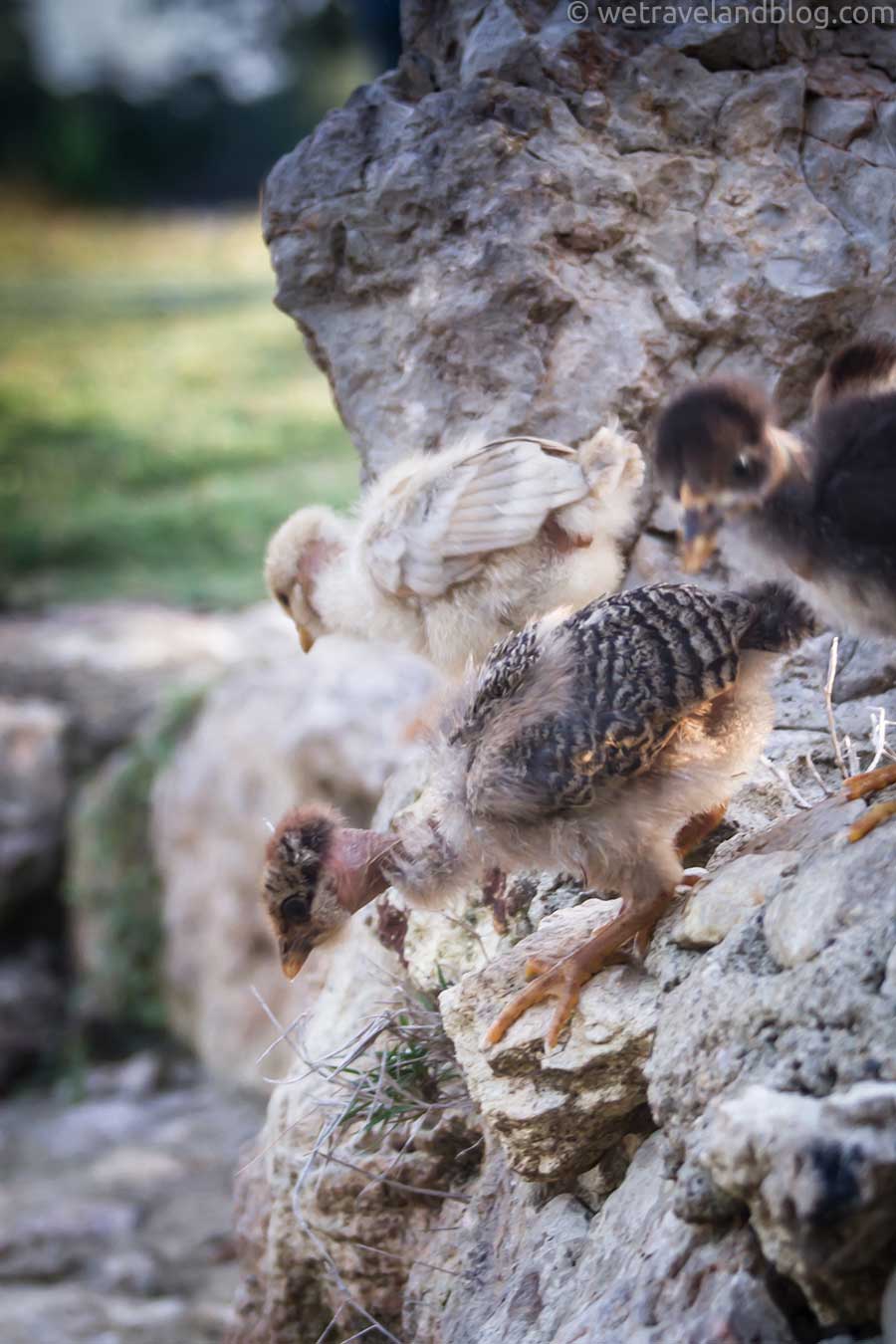
…we took a motorized boat tour down the mangroves, which, although was nice for a quick tour, we quickly regretted when we found out you could rent kayaks for much cheaper and enjoy the tranquility of the park in a quieter and more environmentally responsible fashion.
Indeed, the part of the park most often visited, a small portion of the Bahia de San Lorenzo might as well be a bird sanctuary. Visiting it by kayak instead of motor boat allows you to quietly snake through the mangroves without scaring all the birds as quickly.
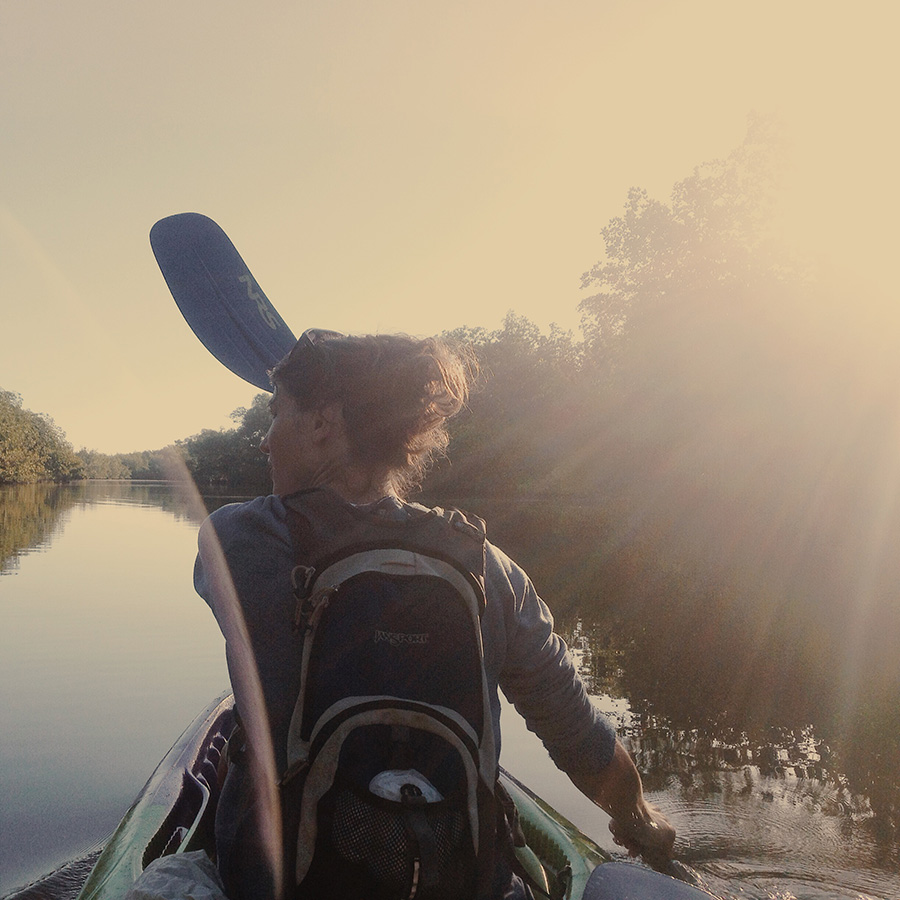
Mangroves are comprised of very special trees adapted to brackish waters, with intricate root systems that provide crucial breeding grounds and habitats for all kinds of local fauna.
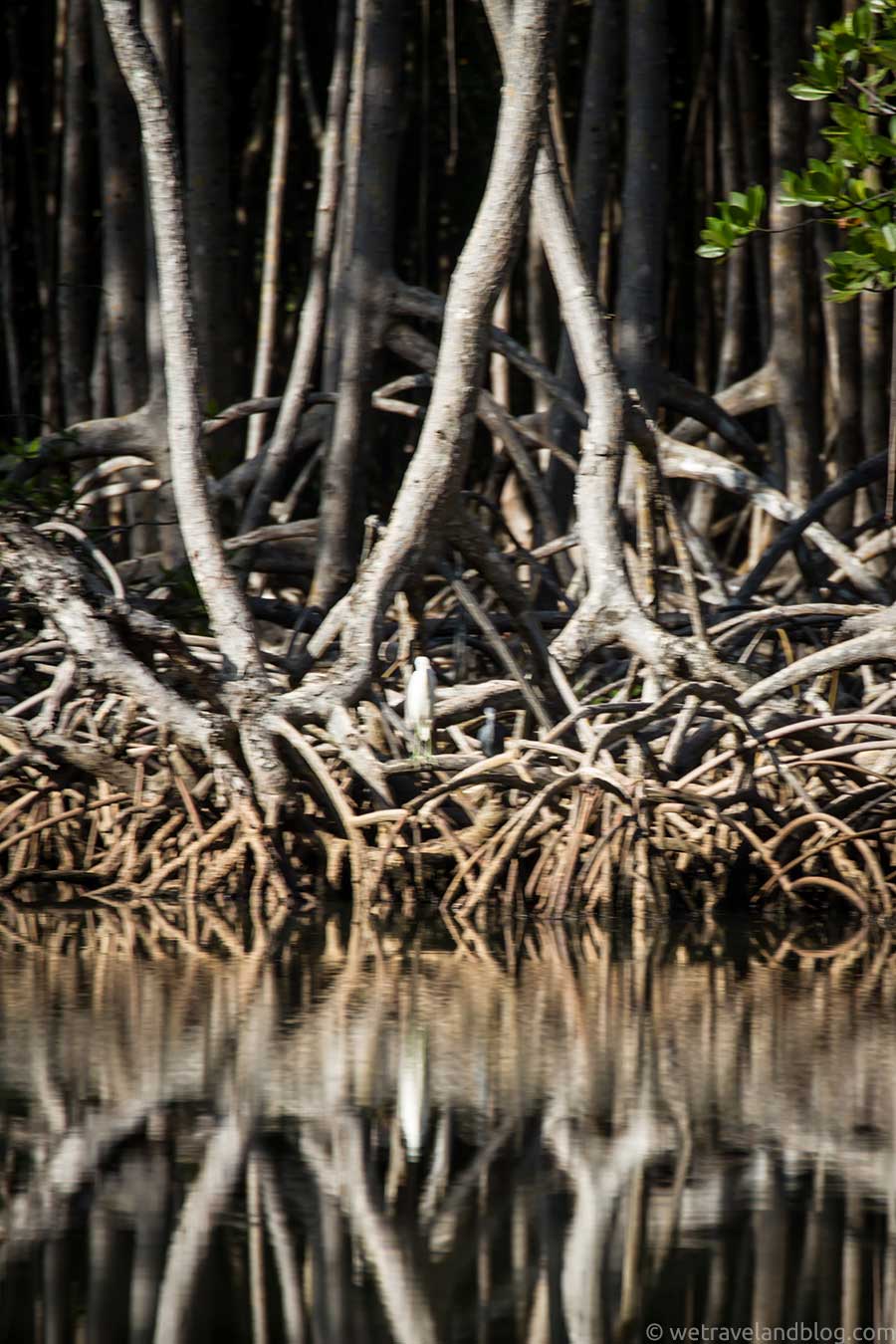
To cruise glide along the calm waters inside of this habitat makes you feel like a stranger in someone else’s home, in a foreign environment unlike any you’ve seen before. Surviving in this jumble of roots poses a series of challenges one would never have thought about previously.
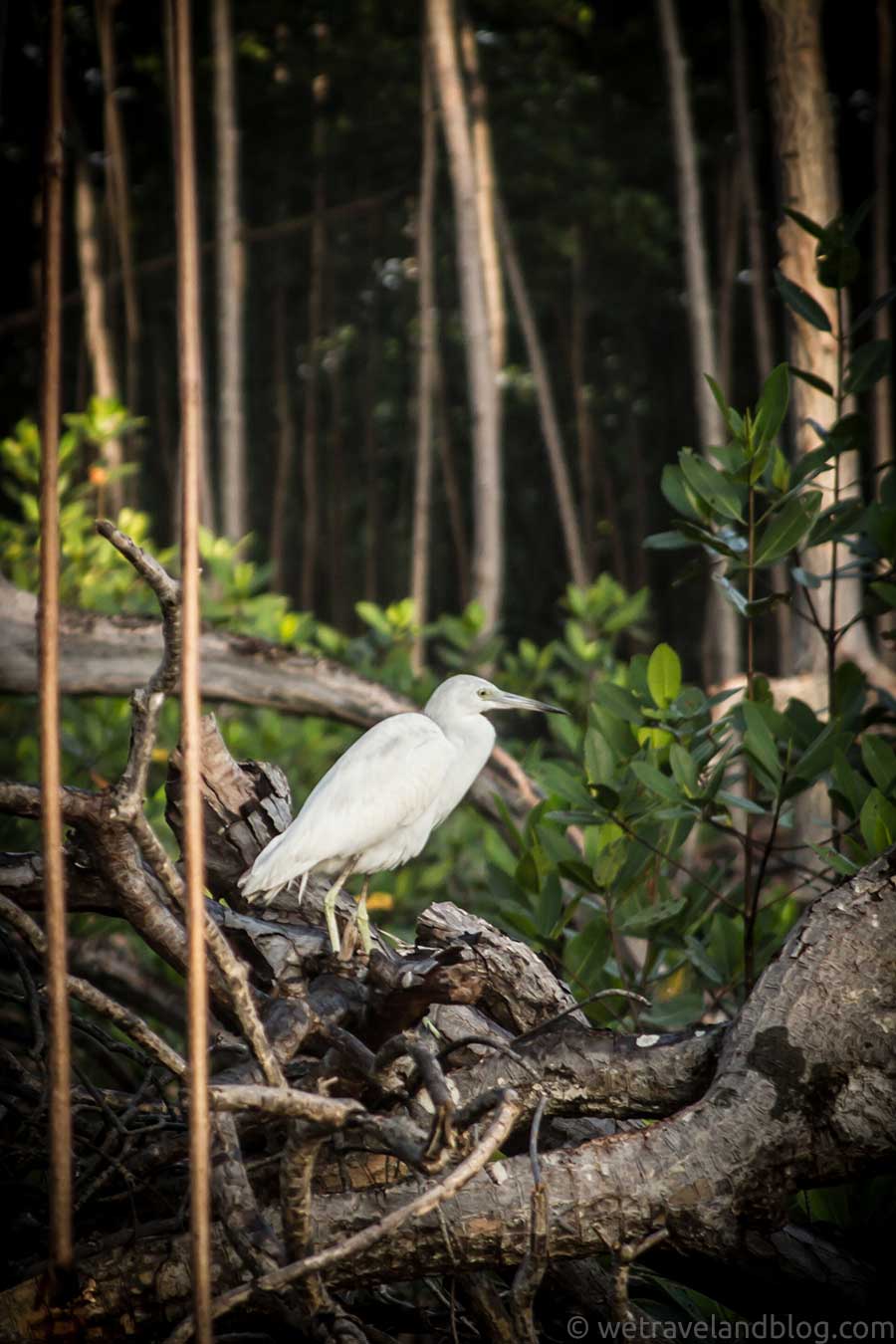
And the birds…. Oh the birds!!!

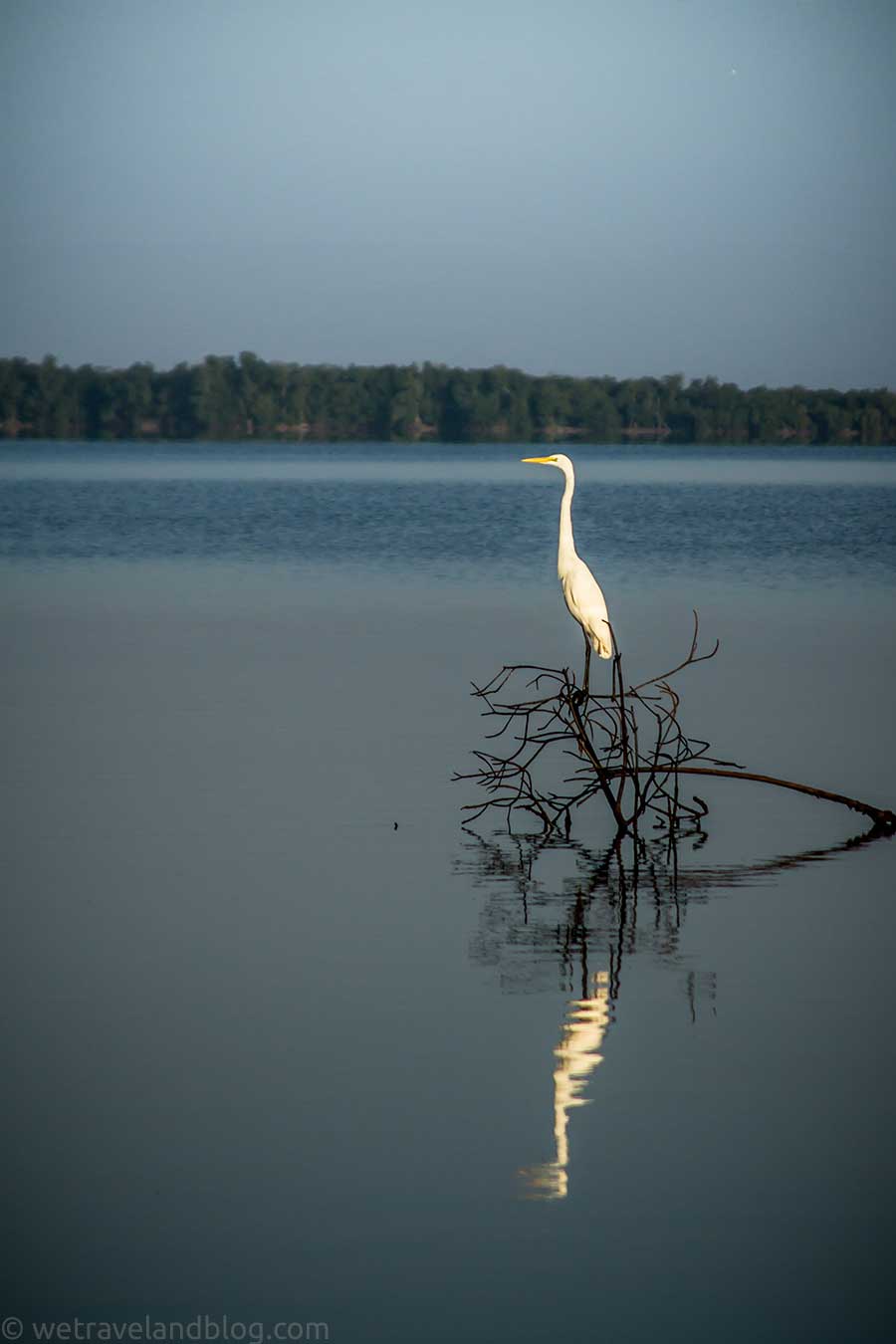
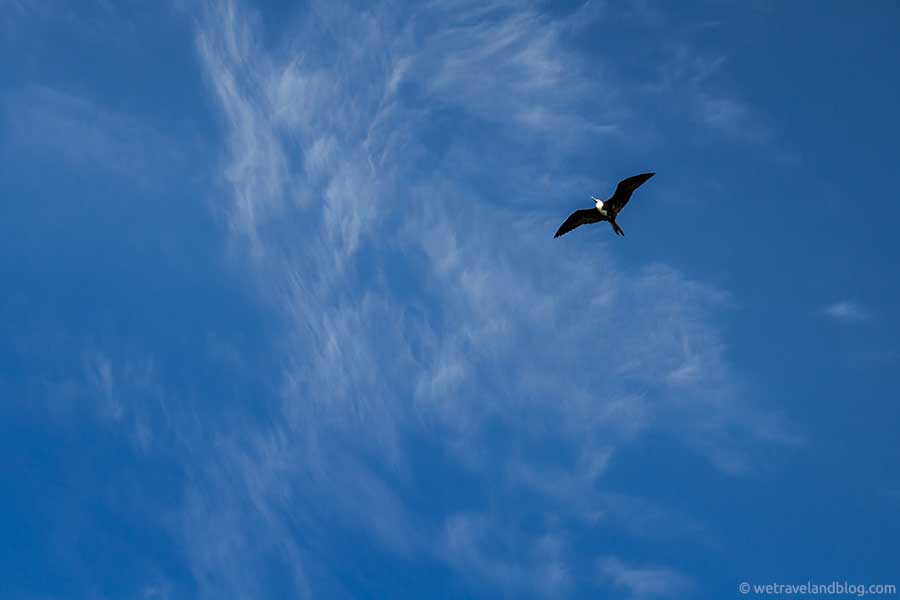
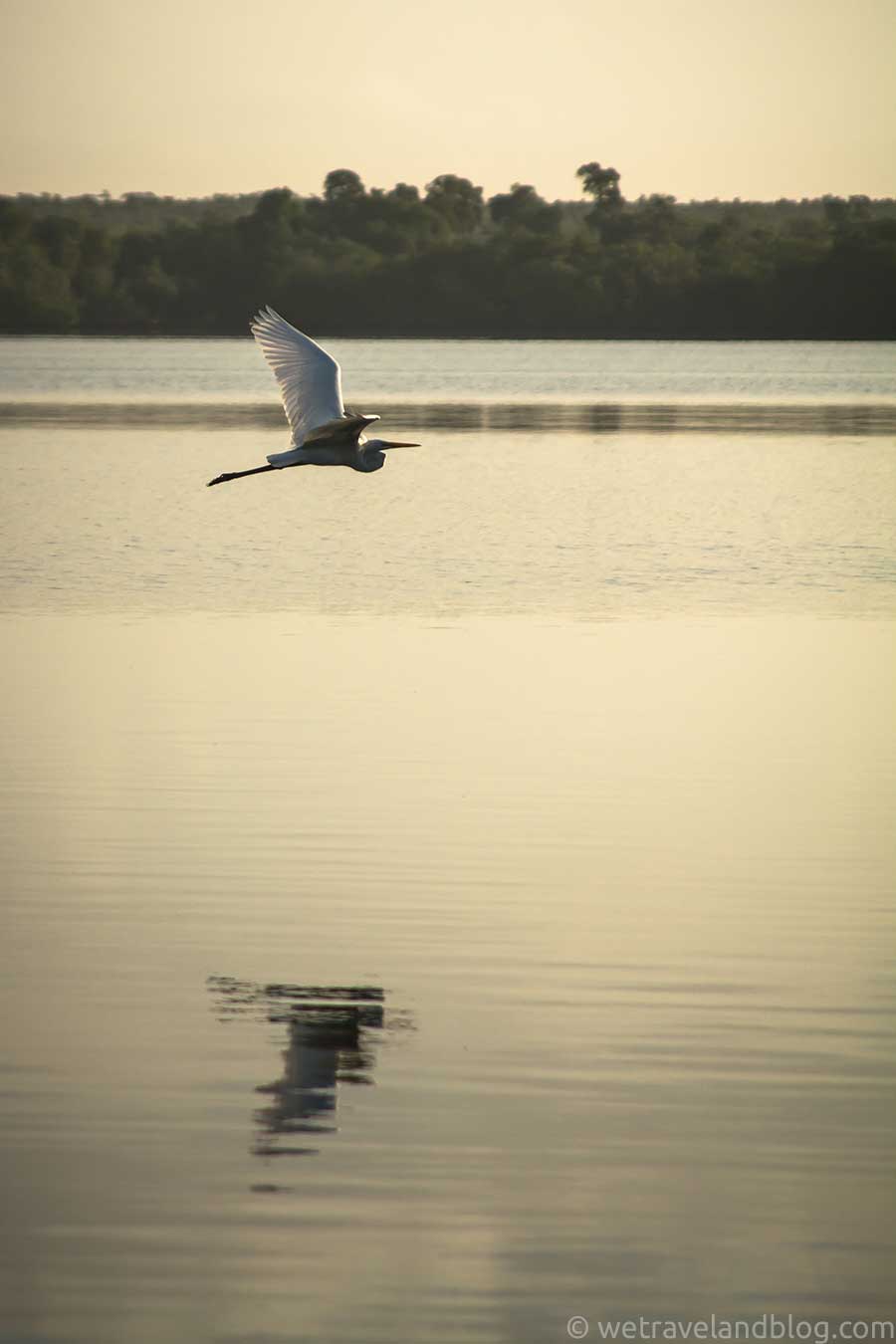
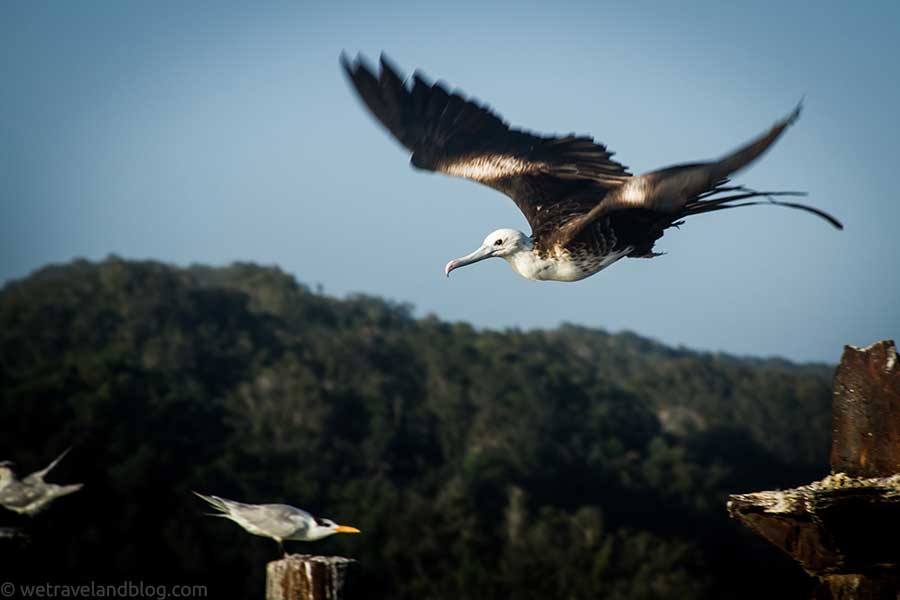
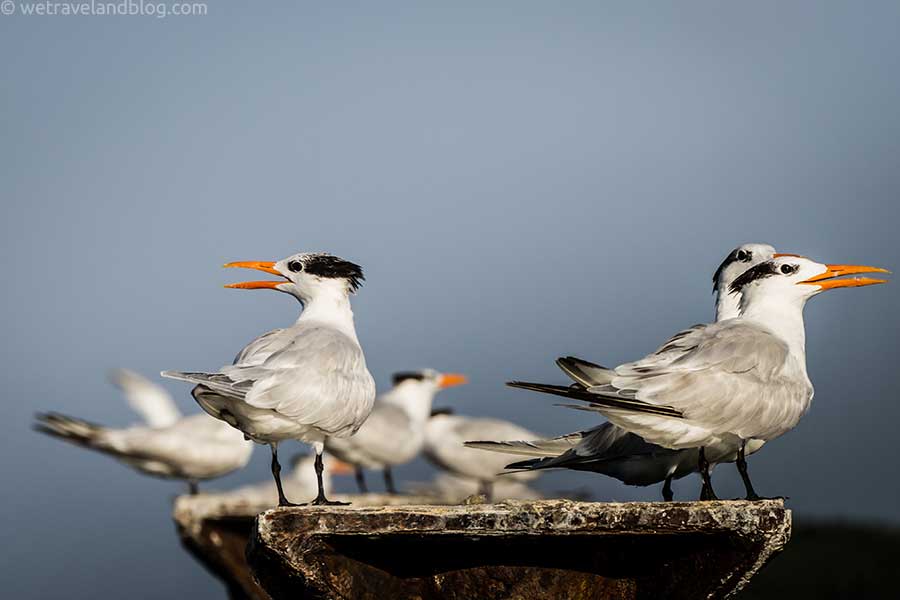
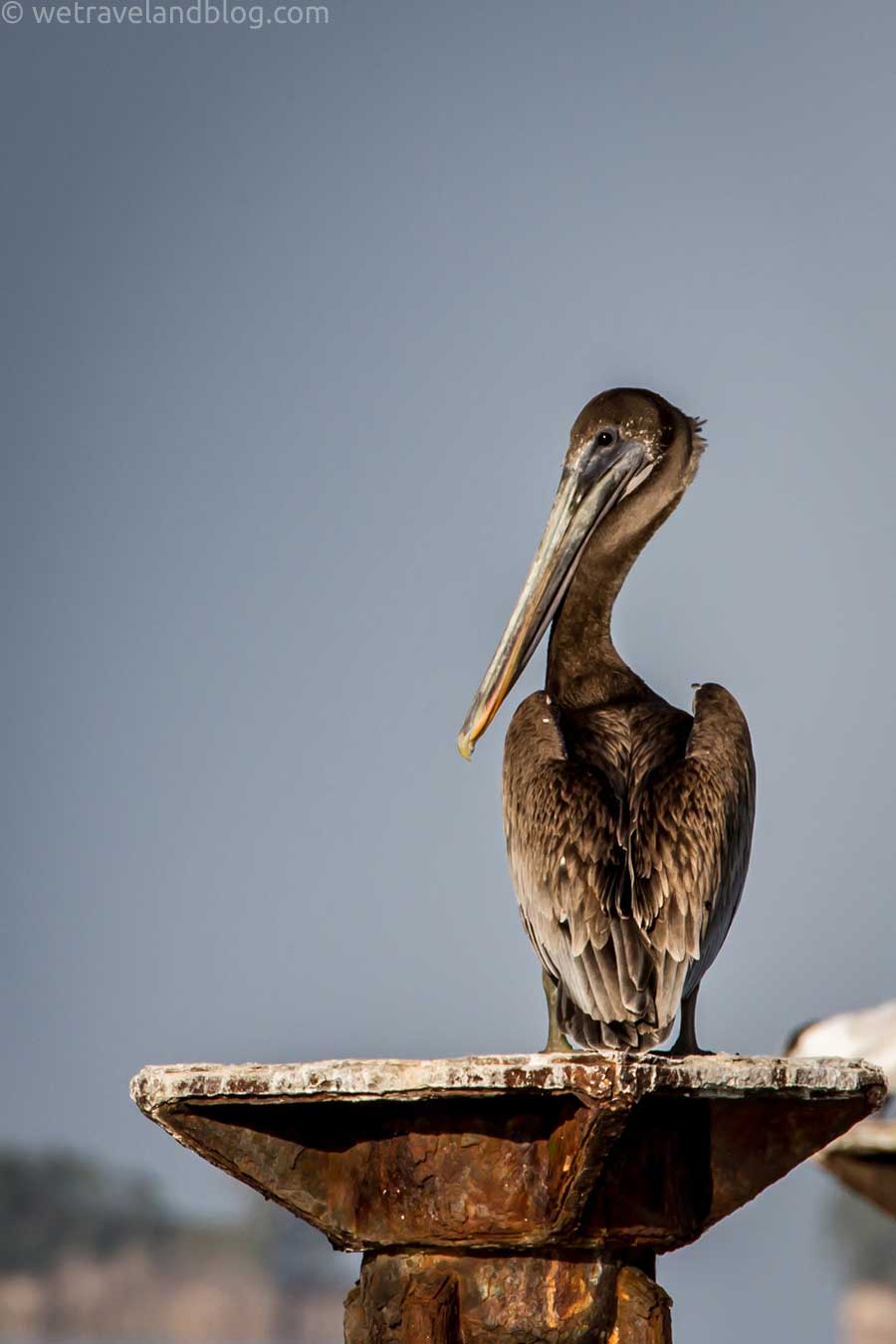
Ok, there’s more to do here than just stare at birds. There are some Taino caves you can visit, get an idea of how the first people to inhabit this island lived, interesting, for sure, but just not as cool as the birds, in my opinion.
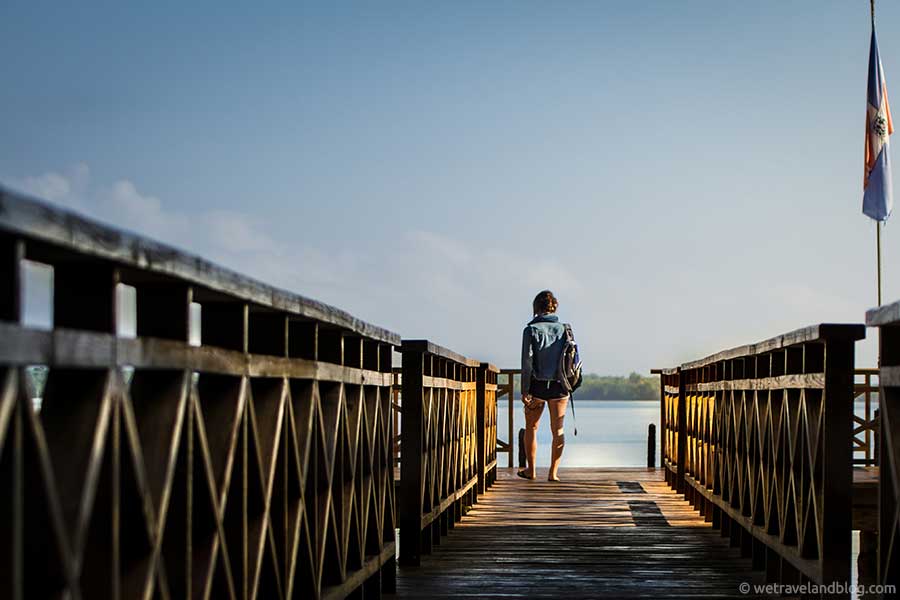
Not only are the birds beautiful, but so is the scenery, especially in the wee hours of the morning, when the sun is right over the horizon and everything in glistening in the crystal glass.
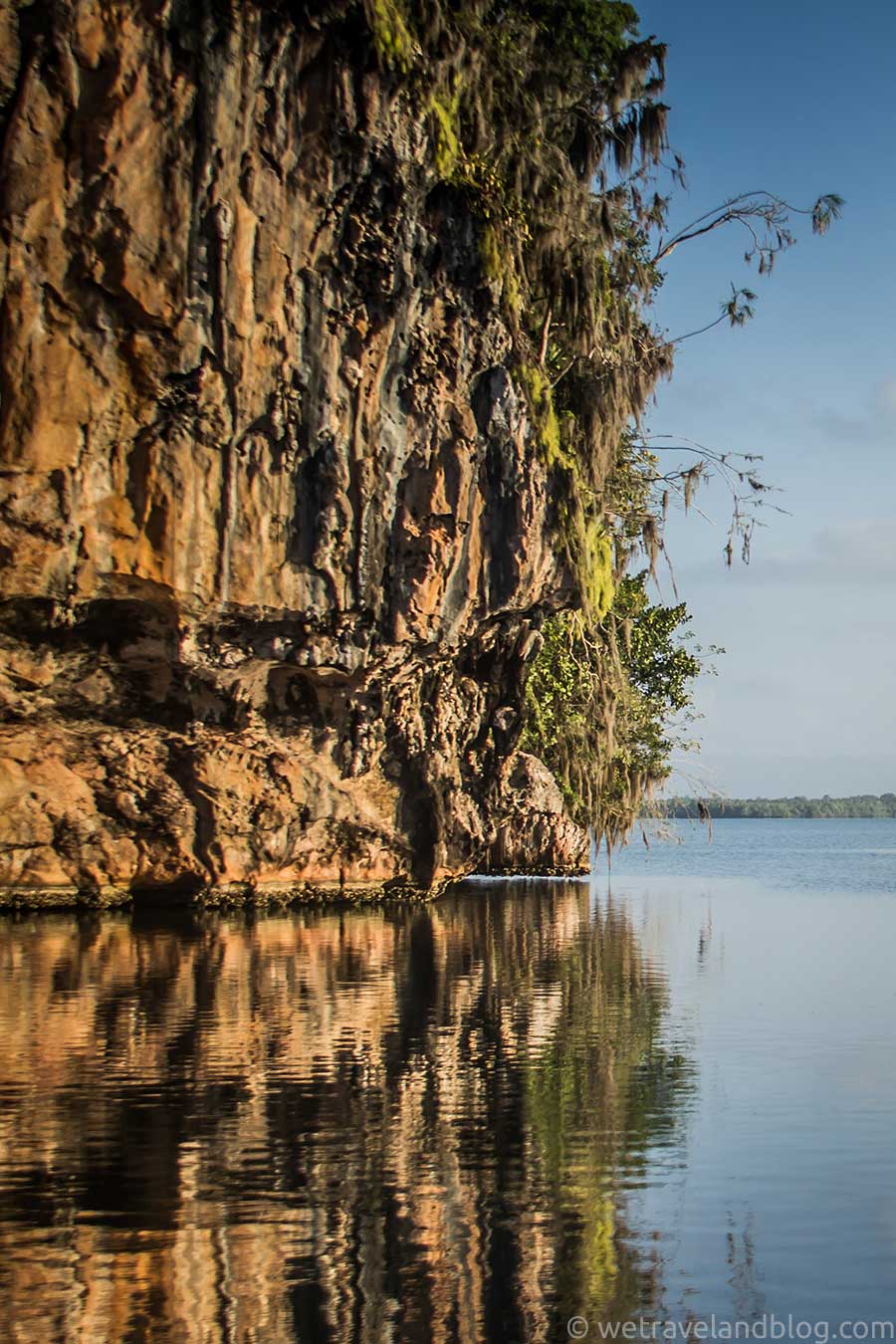
These people and their sail boat definitely had it right. Mooring here for a few days would definitely reset your batteries, taking the dingy to shore for a long hike would just be heaven….
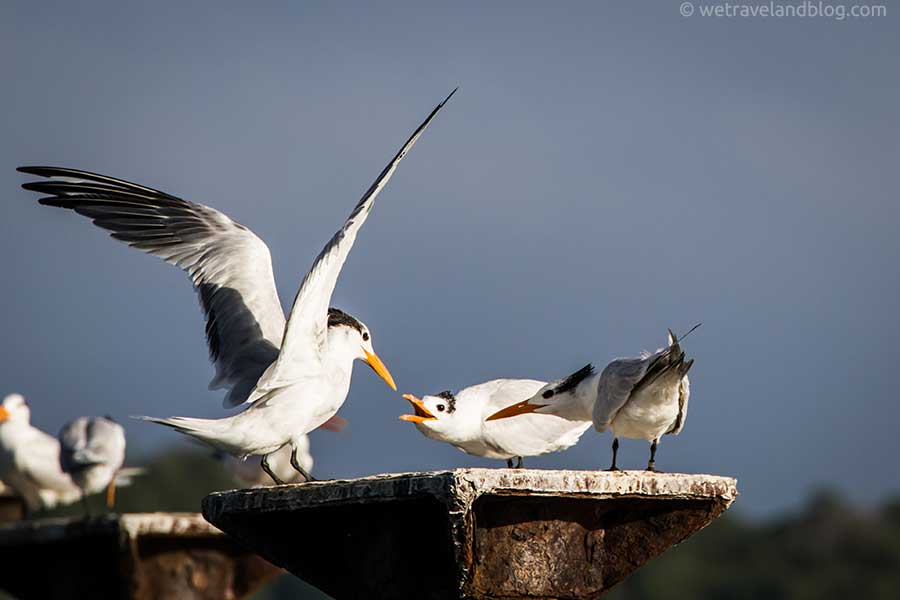
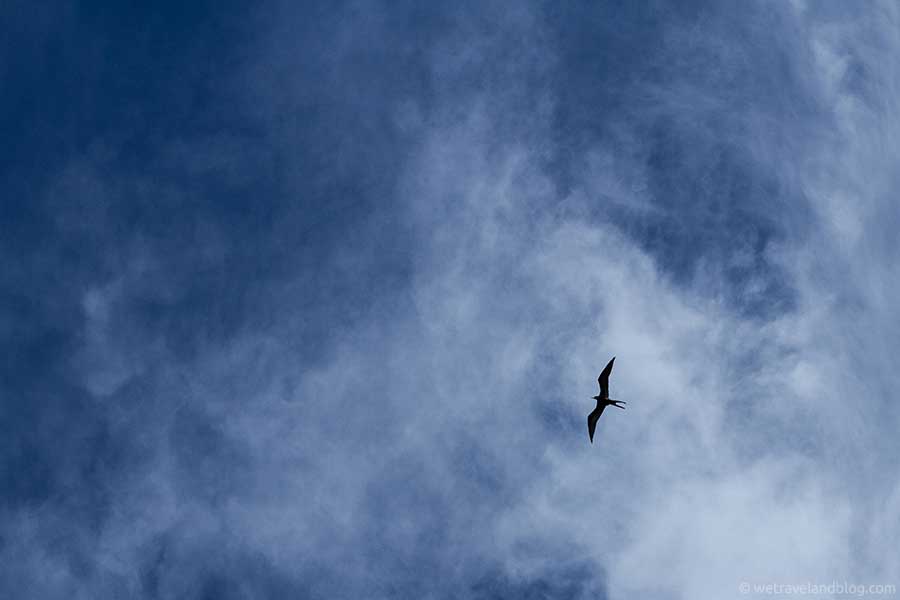
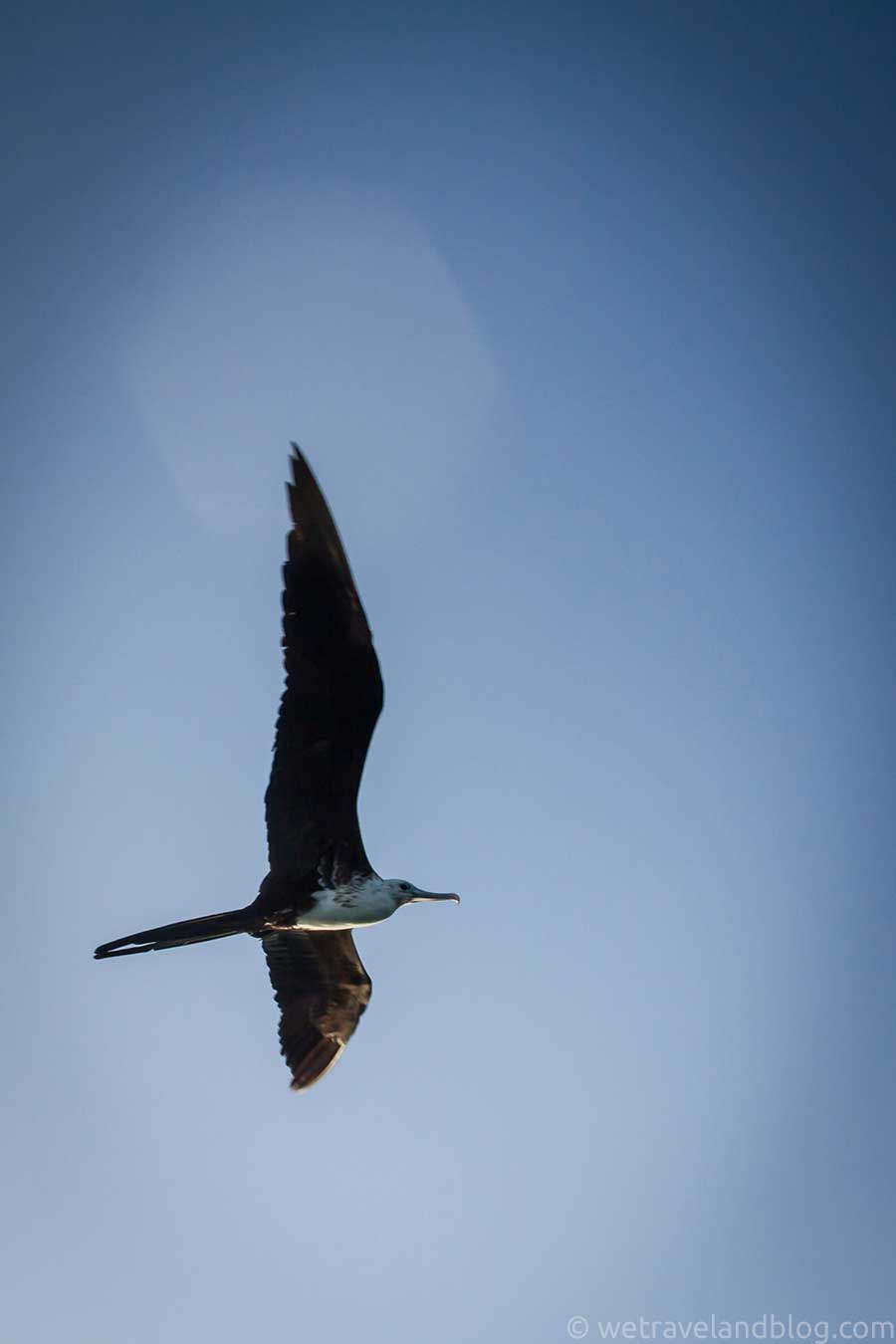
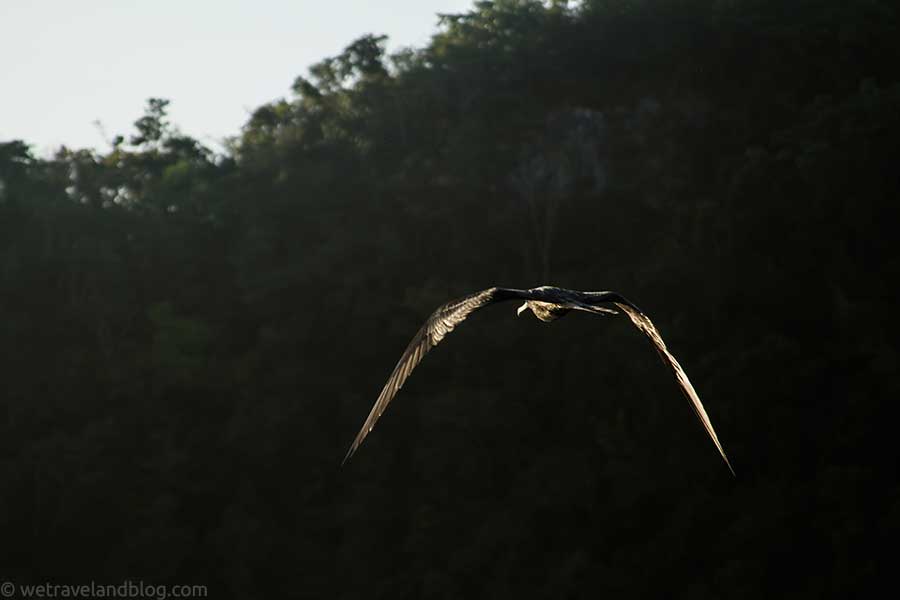
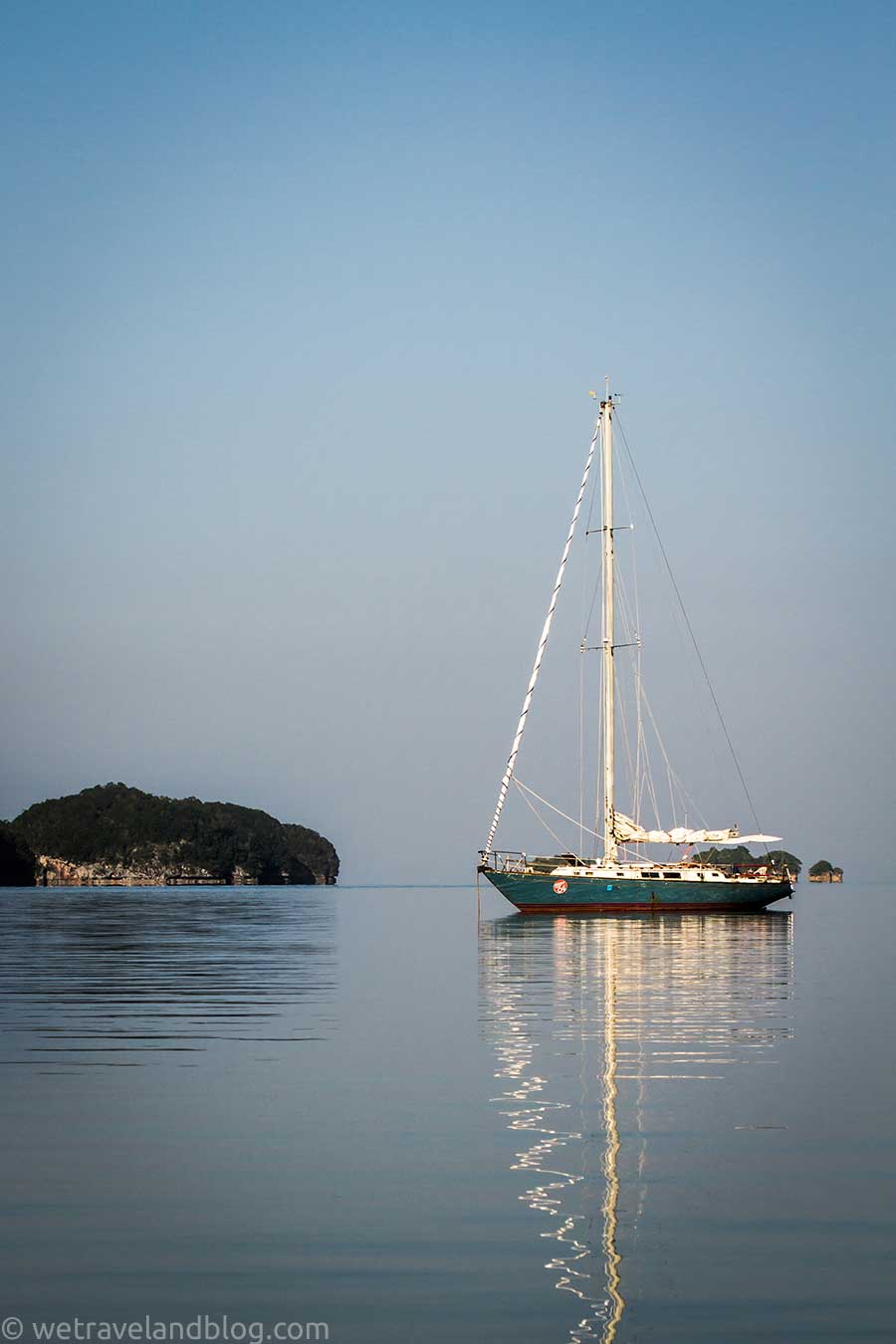
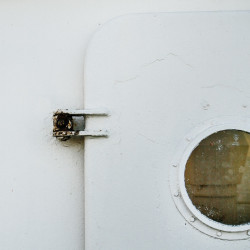


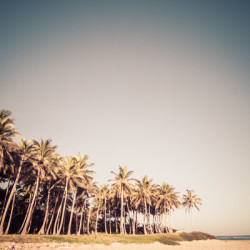



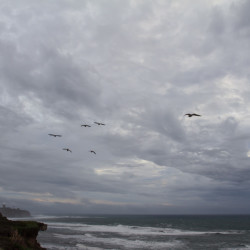

Great bird photo essay. I saw a lot of these birds in Florida. Mangrove swamps are a cool environment This would be a place I would love to explore by kayak, although a boat is not a bad way to do it either. Sometimes it is nice to kick back and enjoy without expending much effort.
Yea we actually went back the next day with kayaks and took our time exploring the area as the sun was rising. Much calmer, plus the birds don’t get scared as easily.
Where did you rent kayaks? and was it easy to find your way around? Info in books indicates that you can’t visit unless you are on a tour, is that true?
Janeen, the people at Caño Hondo will help you with all of your question re: tours and you can rent kayaks from them.
Have fun!